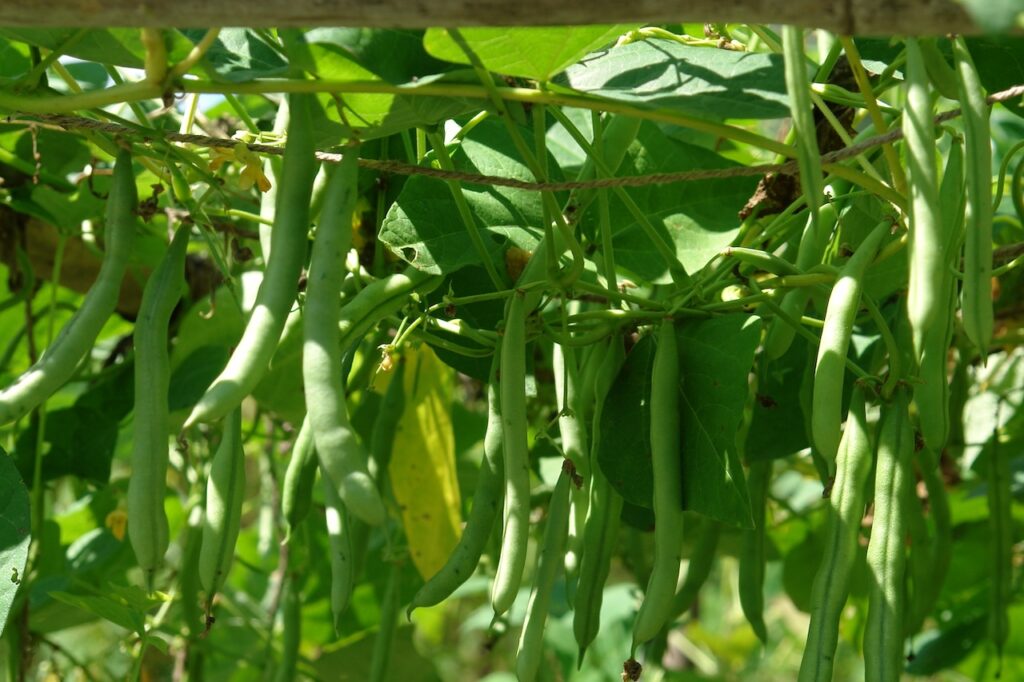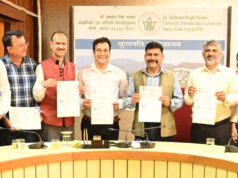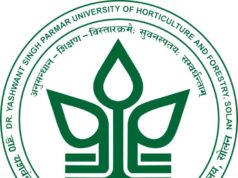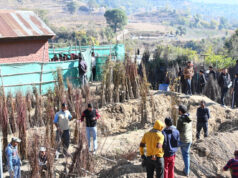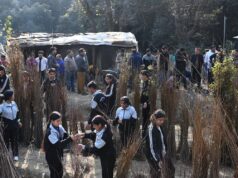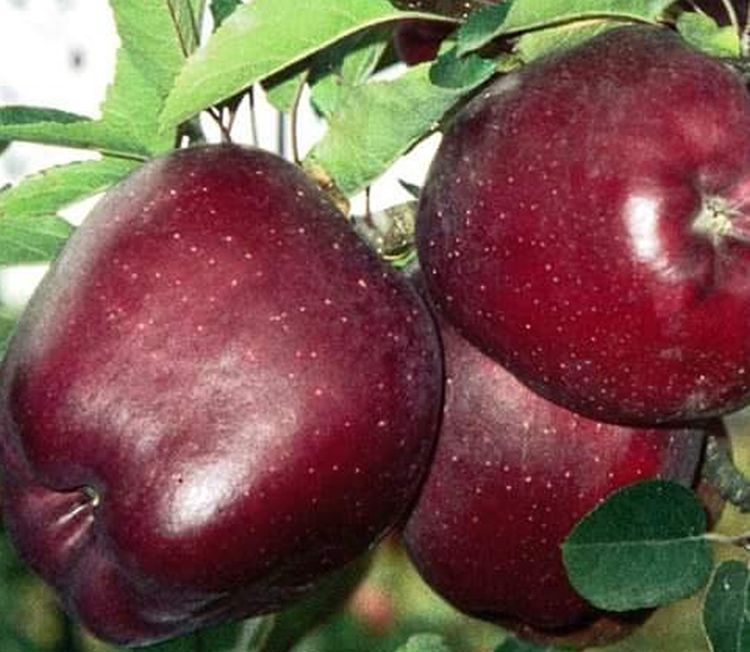Solan: Two vegetable varieties developed by the Department of Vegetable Sciences at Dr. YS Parmar University of Horticulture and Forestry, Nauni, have earned national acclaim for their exceptional performance. The temperate carrot variety Solan Shresth and the French bean variety Lakshami were recently released by the Central Variety Release Committee (CVRC) in New Delhi, marking a milestone for the university.
The varieties were lauded for their consistent results across multiple regions, as highlighted by Dr. Rajesh Kumar, Project Coordinator of the All India Coordinated Research Project on Vegetable Crops (AICRP VC), during the national release event. These varieties have undergone rigorous testing under AICRP on Vegetable Crops since 2017 and 2019 before gaining national approval.
Lakshami, the French bean variety, has been recommended for cultivation in Zone I (Jammu & Kashmir, Himachal Pradesh, and Uttarakhand) and Zone IV (Punjab, Uttar Pradesh, Bihar, and Jharkhand). Meanwhile, Solan Shresth is suitable for Zone IV and parts of Punjab and Bihar. Developed in 1992 and 2016, respectively, both varieties have consistently demonstrated superior performance over three years of testing.
Highlighting the achievements, Dr. Ramesh Kumar Bhardwaj, breeder and Principal Investigator at the Solan Centre of AICRP (VC), noted that the varieties were recognized at the 39th and 41st Annual Group Meetings of AICRP held in Varanasi and Srinagar. The research team, including scientists Dr. Sandeep Kansal, Dr. D.K. Mehta, Dr. Kuldeep Thakur, and Dr. Rakesh, played a crucial role in seed maintenance and mass multiplication.
Director of Research, Dr. Sanjeev Chauhan, described Solan Shresth as a carrot variety known for its long, smooth, orange-colored cylindrical roots with self-cores. It matures early, resists common diseases and pests, and boasts an average yield of 225-275 q/ha, with roots weighing 255-265g each.
Similarly, Lakshami, the French bean cultivar, produces 2-3 stringless green pods per node that mature in 65-70 days. It offers a marketable yield of 150-200 q/ha and features seeds with distinctive white and light yellow stripes.


